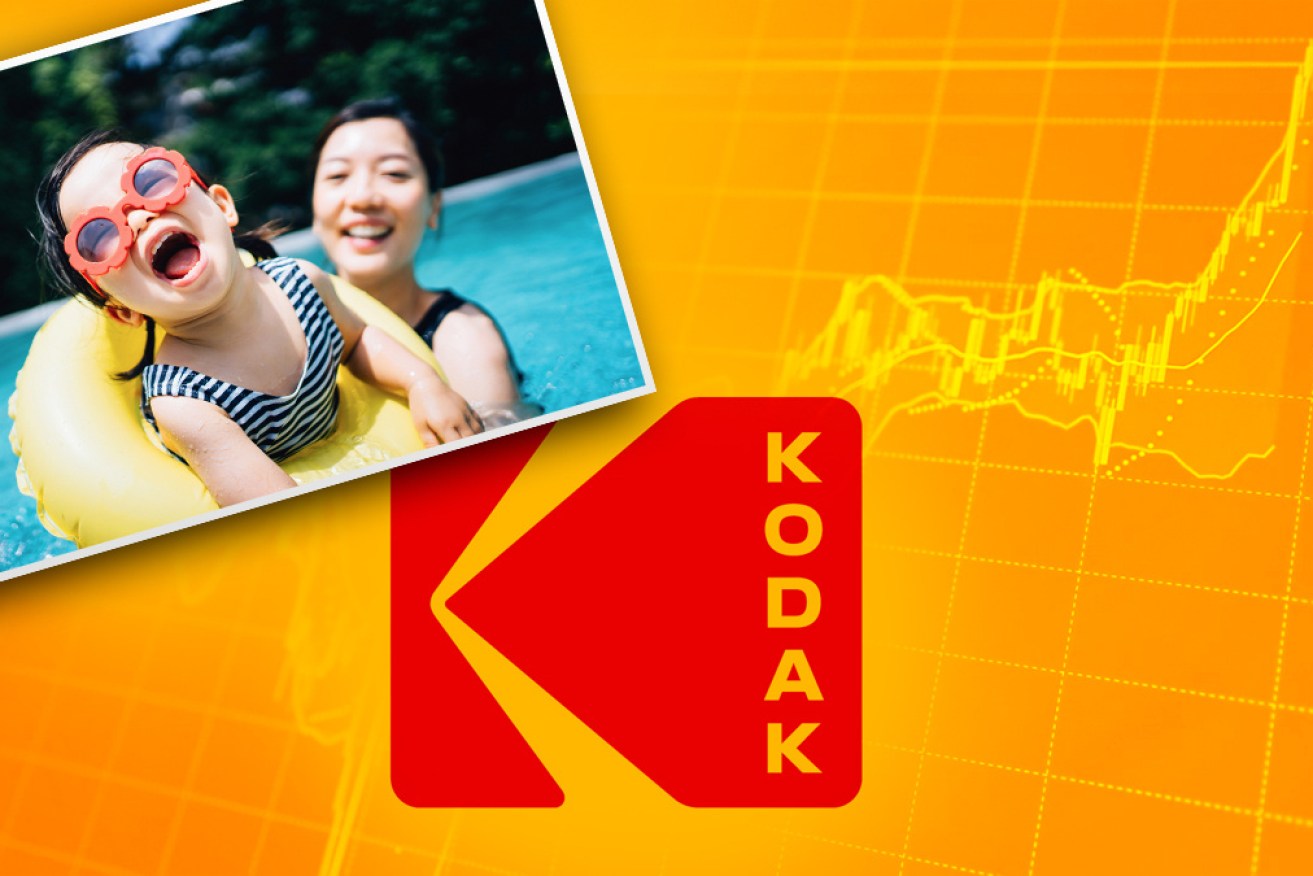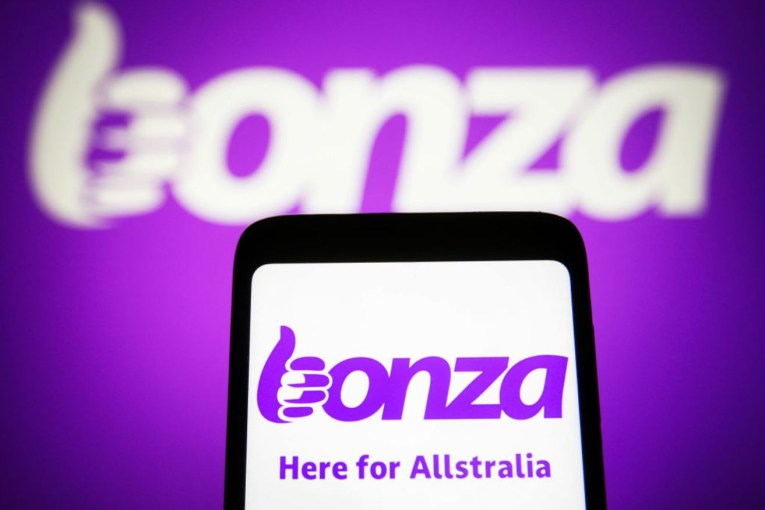Kodak’s moment: Why US traders are snapping up a forgotten camera brand


Kodak's having a major moment – but there's a serious catch. Photo: TND
Remember the days before smartphones and digital cameras?
Yes, there was a time when holiday photos weren’t immediately uploaded on Instagram, but instead took hours to develop inside a shopping centre kiosk.
For Kodak, a brand that became synonymous with cheap film cameras, it was a picture-perfect era it hoped would persist as other brands adapted to digital in the early 2000s.
But its stubbornness almost shuttered the company.
Kodak became a poster child for the pitfalls of an inflexible business strategy when it filed for bankruptcy and largely faded into obscurity in 2012 – except for some attempts to capitalise on emerging trends.
At the peak of blockchain hysteria, its cryptocurrency KodakCoin – which would generate profits through photo licensing – failed to launch, but the announcement saw its stock surge by 245 per cent.
Now, two years later, Kodak is having another moment.
US President Donald Trump this week announced the former camera giant would receive a $US765 million ($AU1.06 billion) loan under the country’s Defense Production Act to pivot towards pharmaceuticals in response to the coronavirus pandemic.
Tweet from @Breaking911
Kodak said the plan would reduce the United States’ reliance on foreign drugmakers, and would expand facilities in New York and Minnesota.
“It’s a breakthrough in bringing pharmaceutical manufacturing back to the United States,” Trump told reporters at the White House.
Trump’s declaration saw investors snap up the company’s stock – and caused its share price to climb from sub-$US3 to a peak of $US60 in the hours that followed.
Day traders fuelled much of the hype, with more than 115,000 accounts on amateur investment app Robinhood owning shares that peaked by Wednesday.
Prior to this week, fewer than 10,000 accounts had taken stock in Kodak.
But the deal has been mired in major controversy, prompting analysts to warn the boom could be a bust in a flash.
Tweet from @OptionsAction
According to independent journalist Judd Legum, the deal was brokered by White House trade adviser Peter Navarro, a noted critic of US infectious disease expert Anthony Fauci and his opposition to hydroxychloroquine.
That’s the anti-malarial drug spruiked by the US President as a potential coronavirus preventive and cure, that has since been debunked by both the US Food and Drug Administration and the World Health Organisation.
“[Our] interim trial results show that hydroxychloroquine … produces little or no reduction in the mortality of hospitalised COVID-19 patients when compared to standard of care,” the WHO wrote.
However, the Wall Street Journal reported that Kodak would produce “starter materials” and “active pharmaceutical ingredients” for generic drugs, including hydroxychloroquine.
“We have a long, long history in chemical and advanced materials—well over 100 years,” Kodak CEO Jim Continenza said.
Complicating matters further are accusations of insider trading levelled at Mr Continenza, after he mentioned during an interview with news station CNBC on Monday that early discussions on the deal had started “a few months [ago]”.
Tweet from @SquawkCNBC
The Kodak CEO had purchased 46,737 shares in his own company on June 23, more than a month before President Trump’s press conference.
Estimates suggest Mr Continenza allegedly profited off Kodak’s surge to the tune of $US200 million ($AU277 million).
Saxo Markets strategist Eleanor Creagh told The New Daily earlier this month the pandemic has caused rationality to dissipate in global stock markets as investors continue to speculatively buy up big in high-demand sectors, including Buy Now Pay Later, eCommerce and technology.
Ms Creagh urged first-time investors in particular to understand all the risks involved before buying rapidly-booming stocks.
“You reach a point where some sort of rationality has to come back into the stock price, and when you look at their parabolic rise, you start to think they have potentially run ahead of expectations,” Ms Creagh said.
“The world still has a COVID-19 problem, the virus is resurgent in a number of countries, and I think that should be a warning to investors because a lot of forecasts were based on the assumption the world would be able to flatten the curve.”
Only time will tell whether this Kodak moment is going to last.








